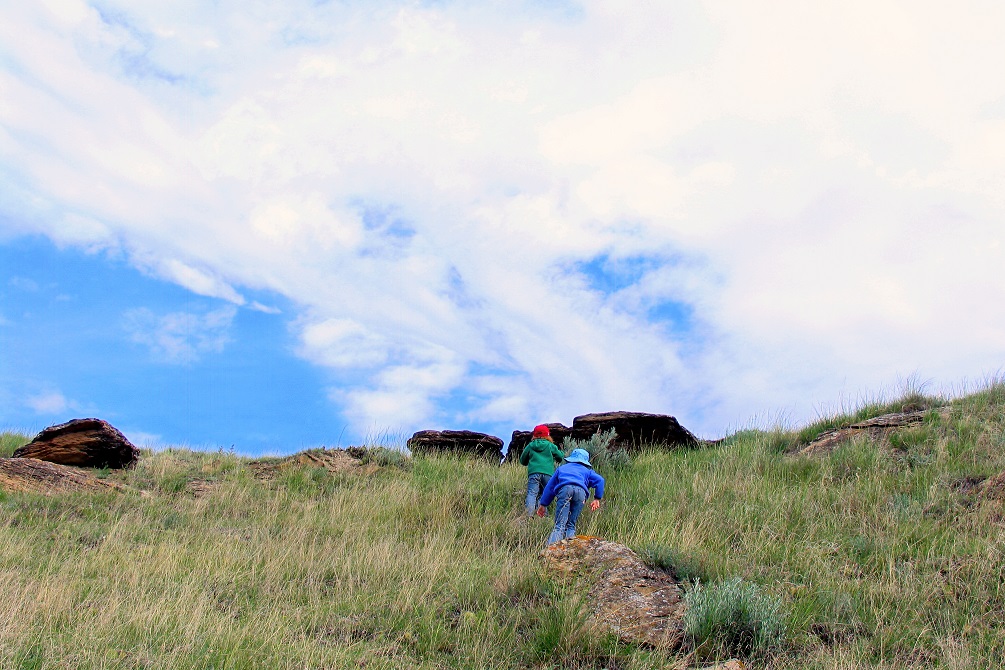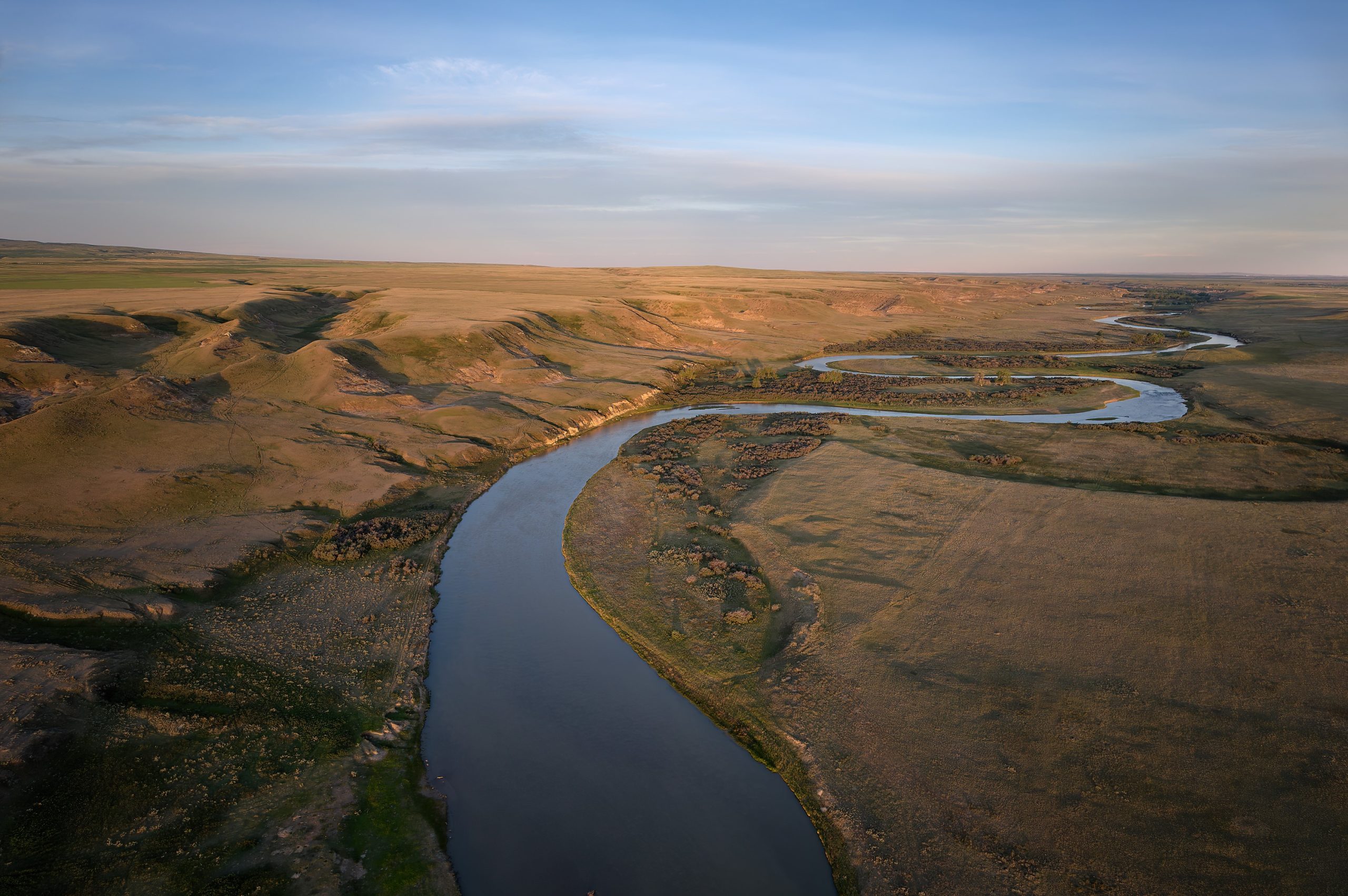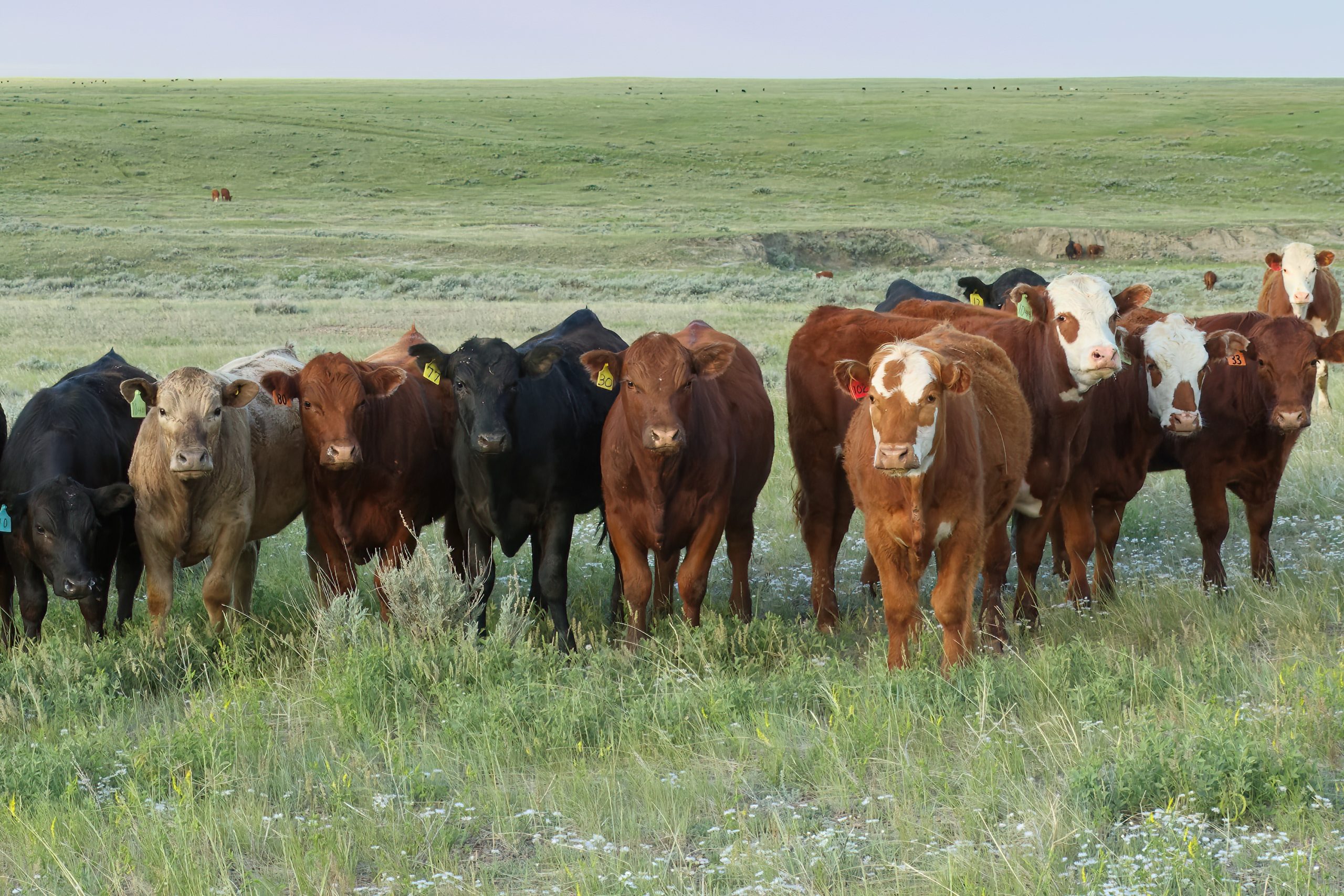Freedom to Roam

It is important for Albertans to learn about their natural heritage, and the best way to do that is to explore it on foot. R. SCHNEIDER
BY RICHARD SCHNEIDER
Here’s a radical idea: What if people were allowed to walk through and explore undeveloped landscapes wherever and whenever they chose? And what if this was considered a basic human right with deep cultural roots and wide public support?
This is not just a naturalist’s fanciful dream. “Freedom to roam” exists today in many European countries, including Norway, Sweden, Finland, Iceland, Scotland, Estonia, Latvia, Lithuania, Austria, Czech Republic, Belarus, and Switzerland. In fact, in 2017 Sweden’s official tourism board partnered with Airbnb to turn the entire country into an Airbnb listing, to be explored at no charge.
Each country implements the freedom to roam concept in its own way, but the basic rules are similar:
- Non-motorized access is permitted on undeveloped lands without explicit permission, even if it is privately owned.
- Users must not disturb wildlife and must leave the site as they found it.
- Economic pursuits and hunting are not allowed without the landowner’s permission.
- Some countries (but not all) provide additional rights, such as the right to camp, fish, and travel on horseback.
- The determination of what is considered undeveloped land available for public access varies by country (but is usually very broad).

Alberta has over 20,000 km2 of magnificent prairie landscapes that remain publicly owned. R. SCHNEIDER
In Alberta, the public has open access to virtually all of the Green Zone, which encompasses the boreal forest, Rocky Mountains, and parts of the foothills (subject to access fees in some areas). But gaining access to grassland ecosystems is a different matter, as most of the land is privately owned and has been converted to agricultural use. Instead of freedom to roam, Alberta naturalists are faced with “No Trespassing” signs. Moreover, parks within the grassland region are so few and so small (721 km2 in total) that the entire lot of them could fit within the boundaries of the city of Calgary (825 km2).
For anyone wishing to explore Alberta’s grasslands, the best opportunity lies within the roughly 20,000 km2 of Crown grazing leases. The majority of these lands have not been cultivated and so are a good place to observe native grassland plants and animals. Given that these lands are publicly owned, you might expect that everyone would be welcome to visit and explore. But it’s more complicated than that.
Over the years, access to grazing leases has been a point of contention between leaseholders and recreational users. Leaseholders have legitimate concerns about hunters accidentally shooting cows and OHV users tearing up the ground. But somehow, naturalists and hikers got lumped in with the rest. (It was probably those ornery birdwatchers, always up to mischief.)
Under current regulations, recreational users must contact the leaseholder to obtain permission for access. Oftentimes this is straightforward, but if you happen to encounter a persnickety leaseholder it can feel like you are applying for a bank loan. I was once asked to produce a signed letter from Nature Alberta proving that my intended purpose of photographing grassland landscapes was legitimate.
Leaseholders also have the right to deny access if cows are in the field, which of course is most of the summer, the period of greatest interest to naturalists. If you have ever visited a provincial park in the foothills, you know this is nonsense. Encountering cows on the road or on a trail is almost inevitable in foothills parks, and everyone gets along just fine. Grassland cows are no different, so this rule is just a barrier to public access.

Cows and hikers get along just fine, as illustrated by this inquisitive crew who came out to greet us as we set out on a walk within a grazing lease. The ability of leaseholders to block hikers from entering public grazing lands if cows are in the field is unjustified. R. SCHNEIDER
It’s time for a change. The UCP has identified freedom as a central pillar of its government. And we have an entire government department devoted to red tape reduction. What better application of these ideas than to enact freedom to roam legislation in Alberta?
The logical place to start is with Crown grazing leases. Taking a walk on public land should not require online research to figure out who leases what land. It should not require a game of telephone tag with the leaseholder. And it should definitely not require being grilled about your intentions and motives. Instead, our public lands should be considered a provincial treasure, and Albertans should be encouraged to enjoy them through barrier-free foot access.
But why stop there? Why not take the plunge and implement freedom to roam on all undeveloped lands, even those privately owned? Scotland provides an illustrative example of how this can be done. The process began in earnest in the 1990s, when Scotland established a national access forum and developed an access framework. This framework helped to direct the efforts of outdoor enthusiasts and sparked increased public interest and support. In 2003, after several false starts, the Scottish parliament passed legislation that comprehensively codified the freedom to roam concept across the country. Access rights apply to any non-motorized activities, including walking, cycling, horse riding, and wild camping on most undeveloped lands, supported by a formal Outdoor Access Code. If Scotland could do it, why can’t we?
A stepwise approach seems best, so Nature Alberta is currently focusing on removing barriers to accessing public lands. If you have ever had trouble gaining access to public land, please send us your story (exec@naturealberta.ca). We will compile them and forward them on to Rebecca Schulz, the minister in charge of public lands, as evidence that change is needed. You might think of this as a new spin on “Take Back Alberta.”
Richard Schneider is a conservation biologist who has worked on species at risk and land-use planning in Alberta for the past 30 years. He currently serves as the Executive Director of Nature Alberta.
This article originally ran in Nature Alberta Magazine – Fall 2023.
